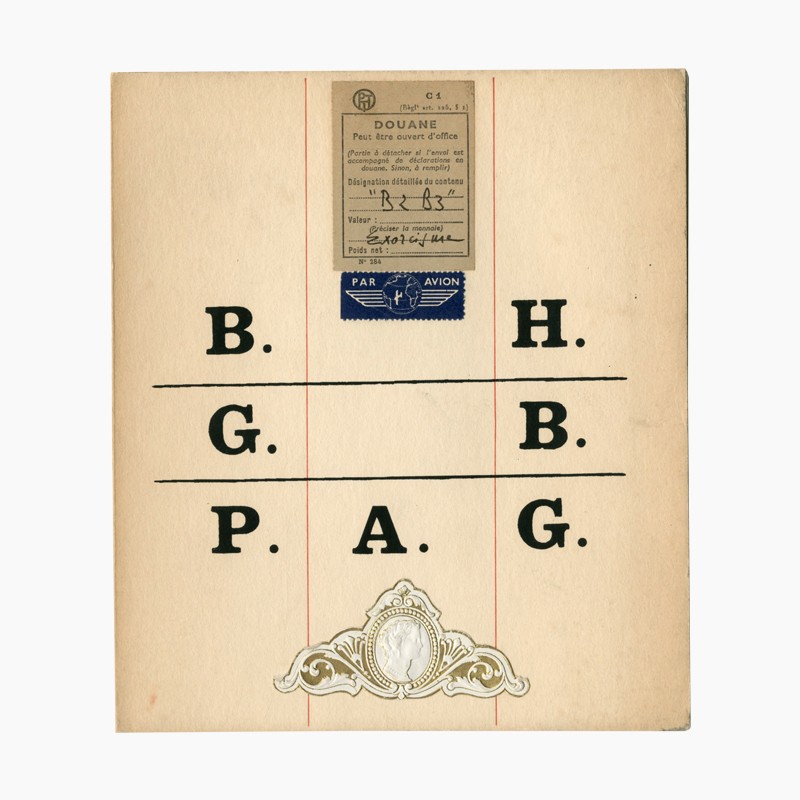
Bernard Heidsieck
B. H. G. B. P. A. G. b2 B3 Poème Partition Exorcisme, Paris: Castel Rose, 1964
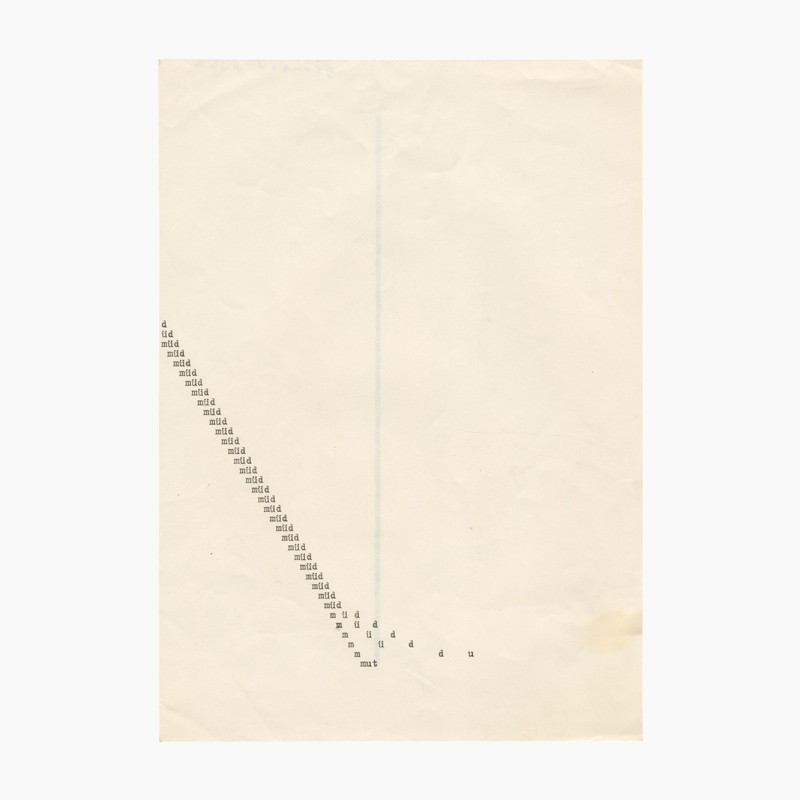
Gerhard Rühm
Untitled ["müd"], n.d. [c. 1965?]. Typescript text on paper, 29.6 x 20.9 cm

Franz Mon
Untitled, 1966. Mixed media, 41.5 x 34 cm
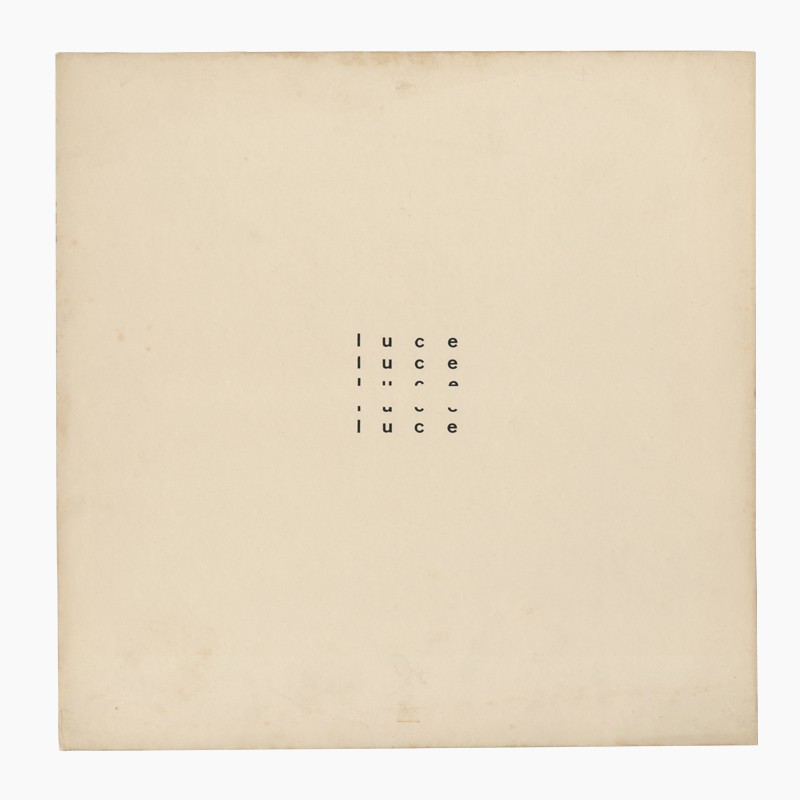
Heinz Gappmayr
Luce, 1966. Ink on tablex, 33 x 33 cm
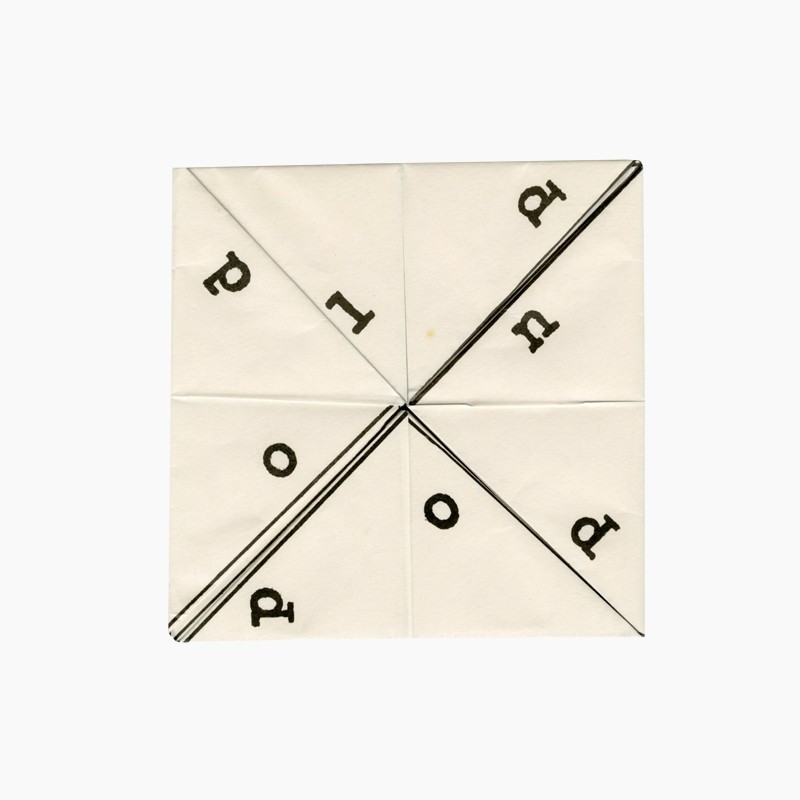
John Furnival
Pop…, 1966. Mixed media on cardboard, 12 x 12 cm

Jiří Kolar
Gedicht, 1967. Collage on cardboard, 30 x 20.3 cm

Paul de Vree
Untitled ["lagraphiquedanslapoésie"], n.d. [1967?]. Typescript text on paper, 27.5 x 21.4 cm

Ian Hamilton Finlay
The Blue and Brown Poems, 1968

Vladimir Dunjić, Milenko Pajić
Studio za Novi Strip: Oslobodenje Znakova, 1976. Mixed on cardboard, 35 x 25 cm

Wojcieck Pogonowski
Poezja Konkretna [Utopia], n.d. Collage, letraset and ink on cardboard, 23 x 21 cm
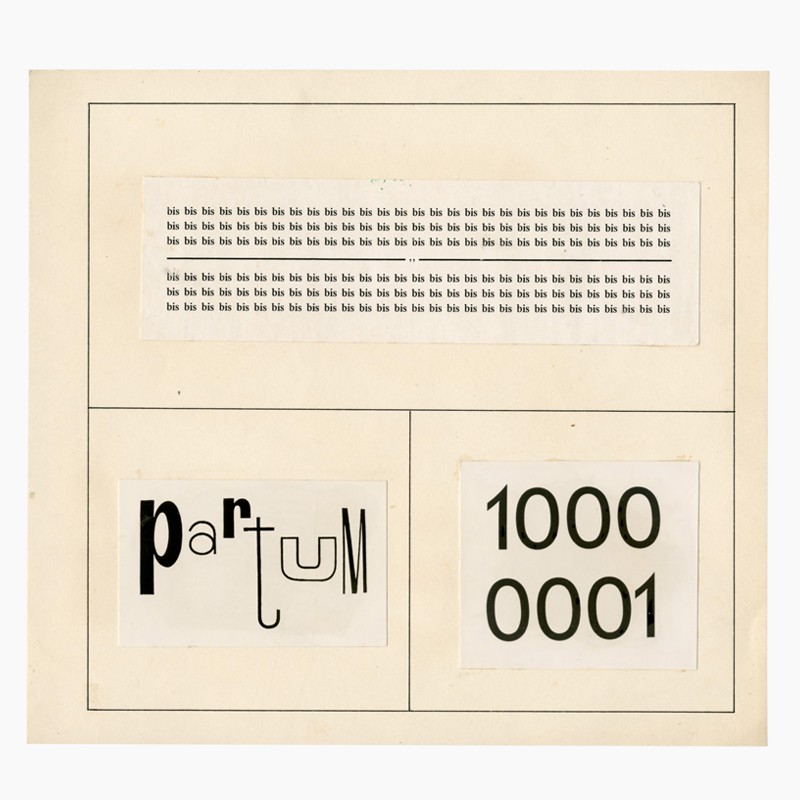
Andrzej Partum
Untitled ["bis"], n.d. Collage and ink on paper, 21 x 23 cm
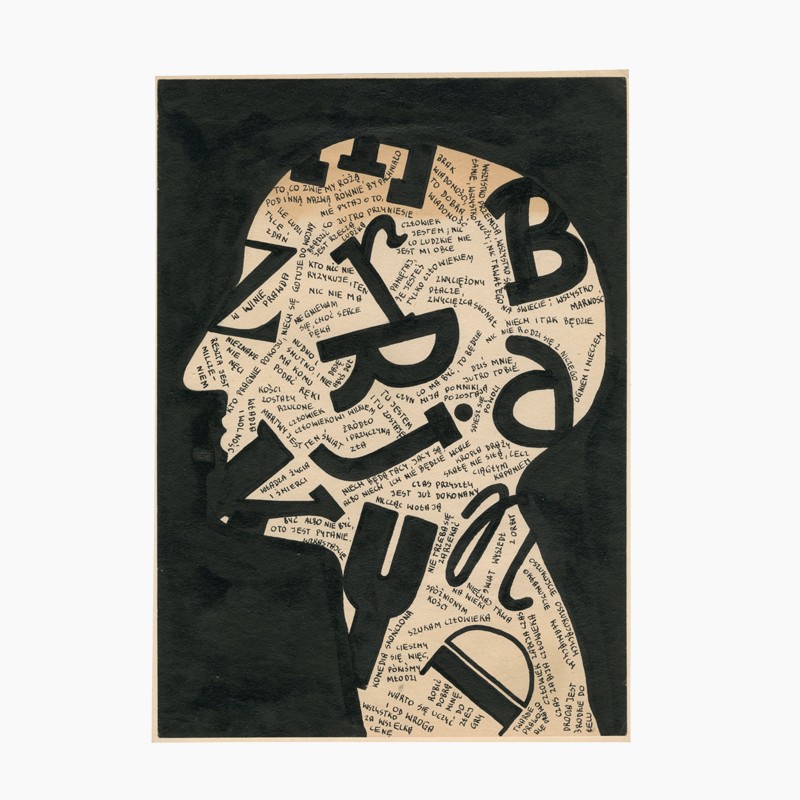
Andrzej Partum
Untitled [bust], n.d. Ink and pencil on paper, 29.4 x 21 cm

Stanislav Drozdz
White & Black, n.d.

Stanislav Drozdz
Untitled [“Yes/No”], 1970
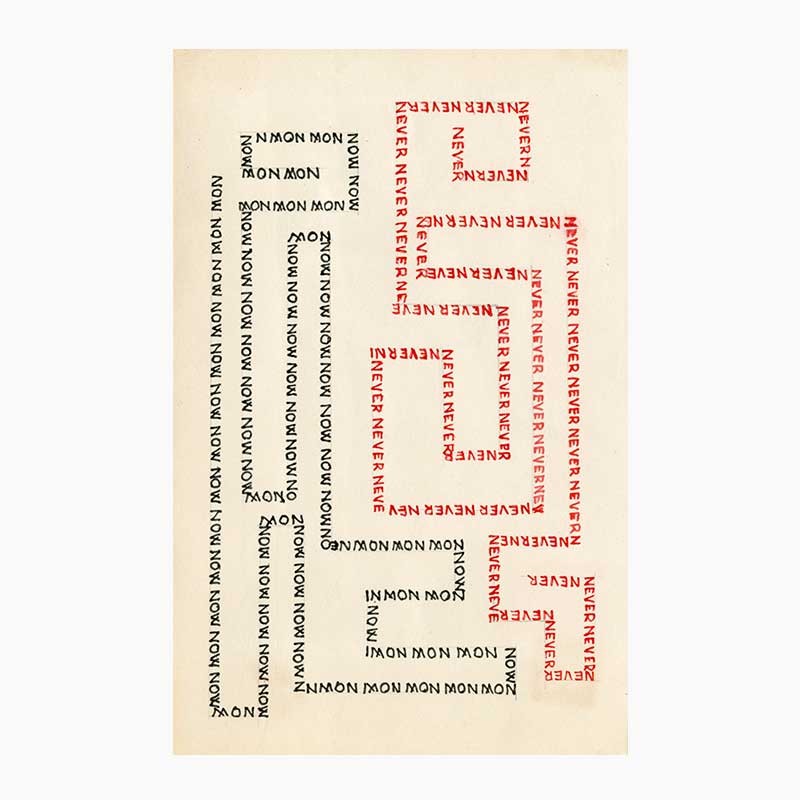
Jean-François Bory
Logorinthe VIII, n.d. [c. 1968?]. Ink and pencil on cardstock, 21 x 13.5 cm

Jiří Valoch
Out and Up Down, 1977. Typescript text and pencil on paper, 29.5 x 21 cm ea.

Zbigniew Jeż
Voom, 1978. Collage on cardboard, 34.5 x 35 cm
200 works of art, publications and documentation.
After World War II, artists from all disciplines (poets, architects, painters, sculptors, musicians, designers and choreographers) expanded and merged their creative fields to give rise to a sort of common language, a breeding ground in which new ways of making art, generically qualified by the term «experimental», were tested. Investigations into writing and language occupied a fundamental place in this fertile interdisciplinary experimentation. From the late 1950s on, different countries and continents witnessed the simultaneous emergence of more or less organized and interrelated collectives of poets and artists who explored new forms of writing, through books, magazines and texts in which they played with words, graphic symbols and images in previously unheard of ways.
The exponents of experimental writing gave different names to their inquiries, starting with concrete poetry and visual poetry, spatialist, lyricist, objectual, etc., seeking to define their local and/or personal variants of what was clearly an international and internationalist trend.
In this section, Experimental Writing in Europe, Archivo Lafuente brings together all these categories under the umbrella of the term «experimental», commonly and frequently employed in most works of this kind as a differentiating element. In view of the varied techniques used by their creators, this section includes names as varied as collages, calligrams, pictograms, ideograms, object-poems and a whole series of other variants arising from their crossbreeding.
Within this documentary set, the contributions of the French (spatialists and lettrists), the Germans (concrete poetry), the Portuguese (visual poetry) and, in particular, the eastern European experimentalists stand out. Particularly noteworthy are, for example, the magazine Approches by Jean-François Bory and Julien Blaine (1966-1969); the artist books Mudo mudando (1962) by E.M. de Melo e Castro and B. H. G. G. B. P. A. G. b2 B3 Poème Partition Exorcisme (1964) by Bernard Heidsieck; Ian Hamilon Finlay’s graphic work, The Blue and Brown Poems (1968); as well as original works by Franz Mon (1966), Untitled; John Furnival, Pop.... (1966); Paul de Vree, Untitled (1967?); Wojcieck Pogonowski Poezja Konkretna (n.d.); Jiří Valoch and Andrzej Partum, among others.